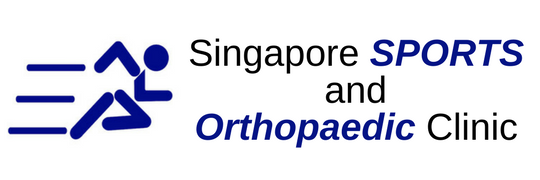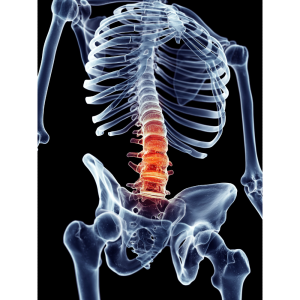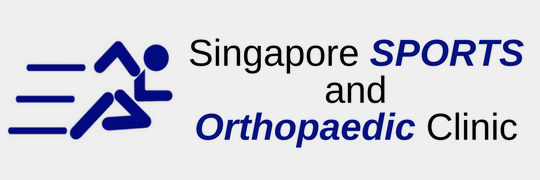The function of the meniscus is to provide stability and act as a cushion for our knee joint. It helps to ensure that weight distribution is spread out evenly throughout the knee joint and prevent any joint problems like arthritis. However, injury to the meniscus is extremely common among people below the age of 25 years who are active in sports. Once a diagnosis of a torn meniscus is made, a decision needs to be made fast regarding the treatment. Usually, the doctor will suggest the treatment he thinks is most suited for you depending on your age, level of activeness and extent of injury.
How is the surgery performed?
One of the first few questions will be how is the surgery conducted. With advances in medical technology, meniscus repair can and will be done through a minimal invasion technique called arthroscopy. More common, suturing will be done to rejoin the torn parts of the meniscus with each other in order to regain function.
What is the success rate?
Success rate of meniscus repair is not 100%. It is mostly dependent on the exact location of the meniscus tear as well as post-surgery therapy. Firstly, if the meniscus is torn at the centre part of the cartilage, surgery will not be able to help at all in healing the meniscus. However, it may help to prevent arthritis in the later part of your life. Secondly, even if the surgery is a success, the post-surgery therapy plays an important role too. A proper structured and disciplined post-surgery therapy must be carried out in order to strengthen and regain the full function of the meniscus.
How is the post-surgery recovery like?
After operation, using of crutches can be from 3 to 14 days depending on the comfort of the patients, and some may prefer not to use crutches at all. Physiotherapy after the surgery will be helpful as well, in accordance to the progress. Any exercises that places tremendous stress onto your meniscus will be strictly disallowed. Examples of these exercises include running, jogging, skipping and squatting. A proper recovery plan will be planned by your physical therapist and you will need to adhere to it strictly as any deviation from it will disrupt the proper recovery procedure and may even require a second surgery.
What are the risks from meniscus repair surgery?
Meniscus repair is a low risk surgery but some there are still some risk associated with it. Infection may occur due to complications during the surgery or from existing personal problems such as diabetes. Since meniscus repair is done through arthroscopy, there is a risk of damage to the surrounding nerves and tissues. As much, you should always look for a reliable and skilled surgeon.
The role of the meniscus is important for our body and it is recommended to undergo meniscus repair surgery if you tear your meniscus. However, if you are not looking to lead an active lifestyle anymore, you may go for physical therapy to strengthen your muscles to compensate for the meniscus tear.








